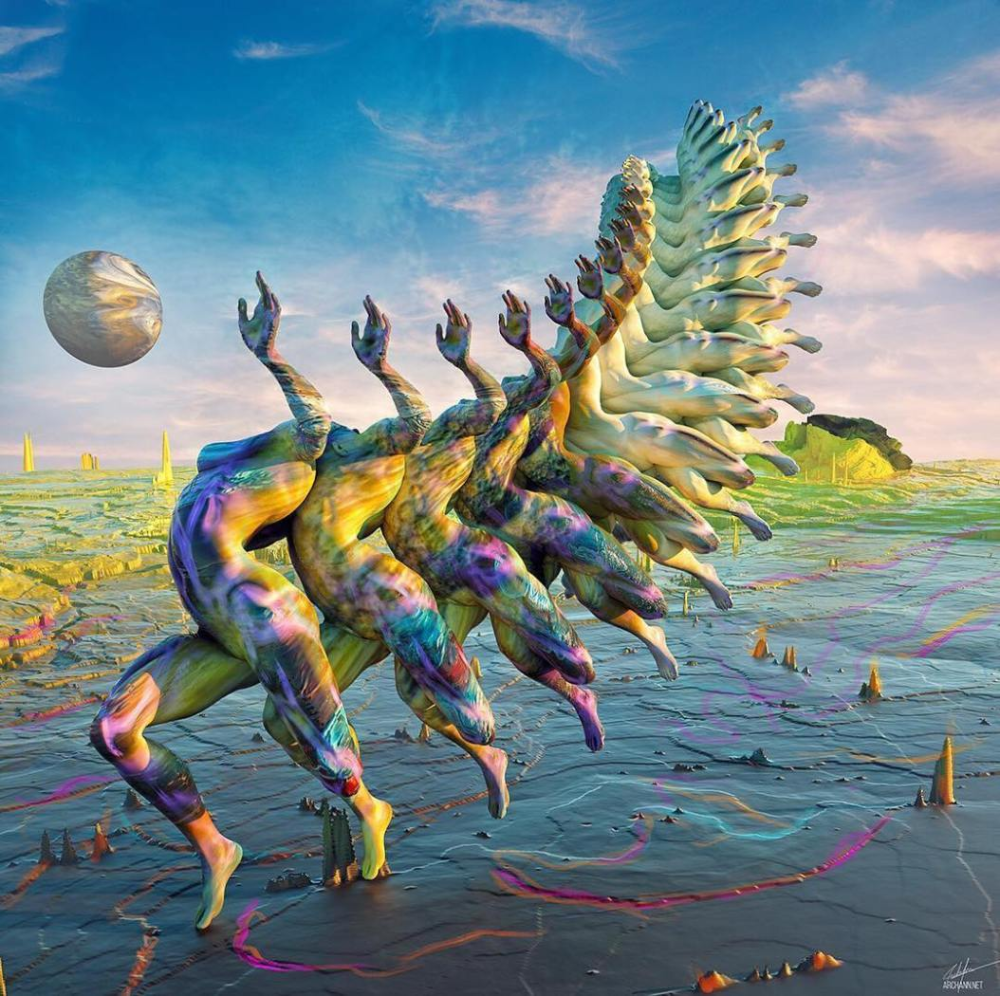The intricate world of knots transcends mere fibrous entanglements; it beckons the mesmerized mind with its profound mathematical and physical implications. Knot theory, a sophisticated subdivision of topology, invites us to reexamine our perception of spaces and dimensions. Through the lens of physics, knots are not merely decorative forms but rather communicate a rich tapestry of theoretical constructs that can unravel mysteries of the universe.
At the outset, it is imperative to delineate the fundamental nature of knots. A knot can be defined as a closed loop in three-dimensional space that does not intersect itself. Despite their seemingly simple configurations, the study of knots reveals a labyrinth of complexity, exhibiting properties that challenge even seasoned mathematicians and physicists. The quintessential example is the trefoil knot, which, although it can be visualized as a simple braid, exhibits unique topological characteristics that can only be understood through rigorous analysis.
In exploring the art of knots, one must also acknowledge the historical perspectives that intertwine with their study. Ancient civilizations have revered knots for their symbolic meanings, utilitarian purposes, and intricate beauty. From the ornate knots used in navigation and fishing to those employed in ceremonial rites, the continuum of knot formation reflects not only cultural significance but also the evolving understanding of space and structure. Yet, the contemporary discourse on knots has shifted, aligning with the rigorous demands of modern physics.
The intersection of knot theory and physics has yielded profound insights, particularly within the realms of quantum mechanics and string theory. In quantum physics, knots emerge as manifestations of particle interactions and fundamental forces. The concept of knotting particles illuminates the ways in which elementary particles can exist in entangled states, forming loops that defy classical interpretations. This leads to the tantalizing proposition: could it be that the very fabric of reality is interwoven with a multiplicity of knots?
Furthermore, knot theory has found fertile ground in the burgeoning field of quantum computing. Quantum bits, or qubits, which serve as the building blocks of quantum computers, exhibit behaviors analogous to knots. The entanglement of qubits can be represented through various knot configurations, allowing researchers to harness the complexities of knotting to enhance computational efficiency. Such interdisciplinary dialogue not only fosters innovation but also enriches our understanding of higher-dimensional spaces.
One of the more striking applications of knot theory can be observed in the study of DNA molecules. Biologists and physicists alike are captivated by the knots that form in the helical structures of DNA strands. These knots are not merely trivial; they have far-reaching implications for genetic expression and molecular interactions. The art of untangling these natural knots not only aids in genetic engineering but also paves the way for novel therapeutic approaches in medicine. Each twist and turn of DNA, when scrutinized through the rigors of knot theory, can reveal insights into the very essence of life.
The implications of knot theory extend beyond biological applications into the realms of cosmology and astrophysics. The universe, with its vastness and enigmatic structure, may conceivably be better understood through the prism of knots. For instance, topological defects in the fabric of spacetime, analogous to knots, can arise in various cosmological models. Such defects may play a critical role in the formation of galaxies, black holes, and other cosmic phenomena. Exploring these anomalies requires not only a refined understanding of physics but also an appreciation for the intricate artistry that knots represent.
The engagement with knot theory fosters a radical shift in perspective. Rather than viewing knots solely as mathematical curiosities, one can appreciate them as a pathway into the profound mysteries of the universe. From the playful twists of fishing lines to the elaborate intertwinements of cosmic strings, knots inspire an aesthetic wonder that reflects the elegance of scientific inquiry. The pursuit of the “perfect twist” in both art and science is emblematic of an innate human desire to comprehend and harmonize with the complexities of existence.
Entwined in the discourse surrounding knot theory is the recognition of its broader implications for interdisciplinary studies. Artists, philosophers, and scientists are beginning to collaborate in unprecedented ways, united by the common thread of knotting. This confluence promises to enhance not only our theoretical understanding but also practical applications across diverse fields. As creativity and science converge, the art of the knot emerges as a powerful metaphor for the interconnectedness of knowledge.
In conclusion, the exploration of knots is not merely an academic pursuit but rather a journey into understanding the interplay of structure, space, and meaning. The emergence of knots within physics and their implications in various domains signal a burgeoning field ripe with potential. As the investigation into the art of the knot unfolds, it beckons the curious mind to delve deeper, igniting a passion for discovery that transcends disciplinary boundaries. The twisting journey of knots, both literal and metaphorical, promises not only a captivating narrative but a profound understanding of the fundamental nature of reality.












